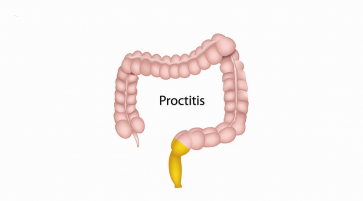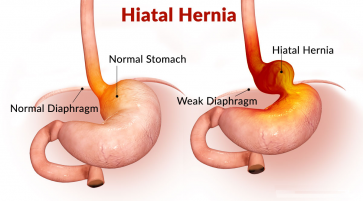
Aybintio (abaloparatide)
Aybintio is a prescription medicine used to treat osteoporosis in postmenopausal women at high risk…

Proctitis is a medical term used to describe an inflammation of the rectal lining that usually causes proctalgia fugax (rectal pain) and tenesmus (continuous sensation that you need to have a bowel movement)…. Read More »

Hiatal hernia is a medical term used to describe a condition in which the upper portion of the stomach (stomach cardia and fundus) protrudes into the chest cavity through the esophageal hiatus, which is a small opening in the diaphragm through which the esophagus and the vagus nerve pass…. Read More »

A stool exhibiting a bright red hue typically signals fresh bleeding occurring at the level of the large intestine or anus, suggesting possible causes such as hemorrhoids or anal fissures. Conversely, a darker red or brownish stool suggests a more extensive bleeding originating deeper within the gastrointestinal tract, often implicating sites such as the stomach or small intestines…. Read More »
